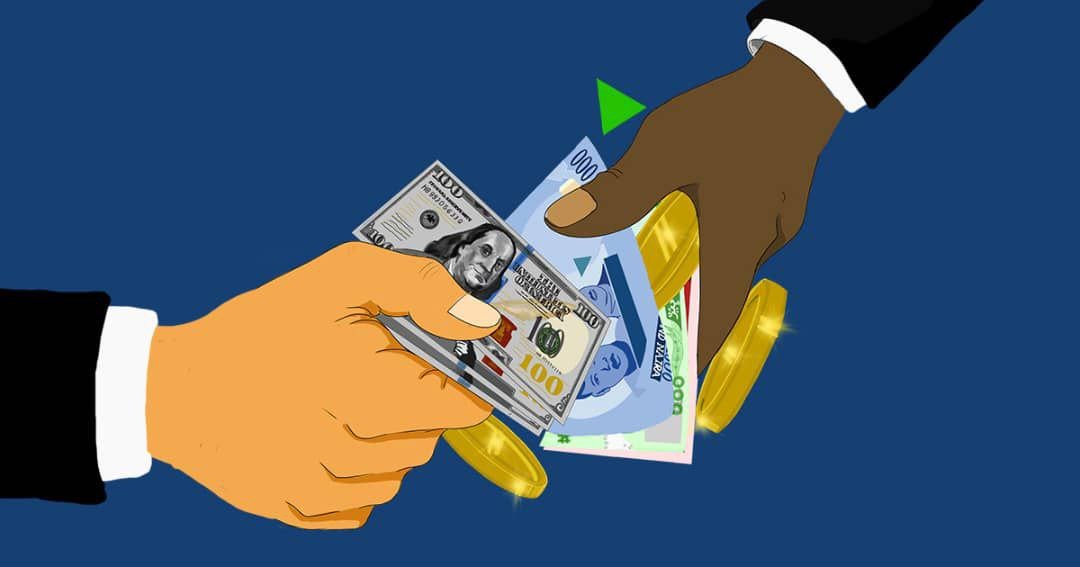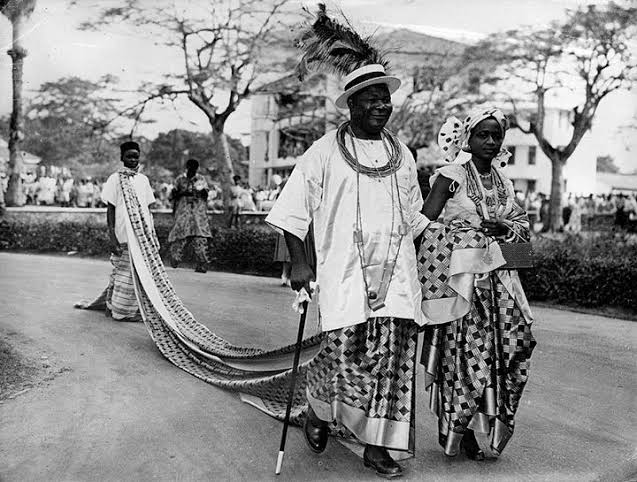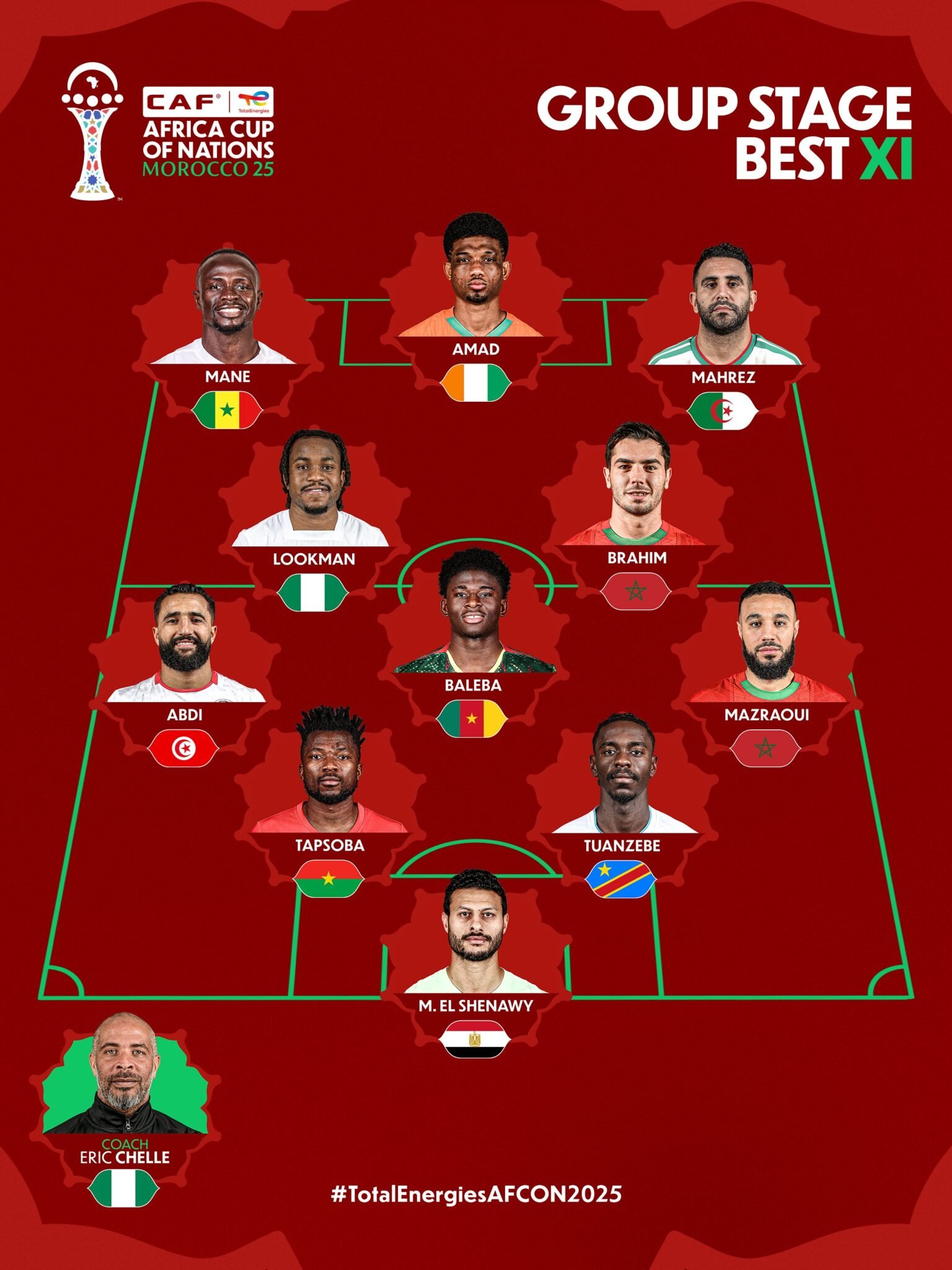The naira weakened marginally against the US dollar at the official foreign exchange market, closing at N1545.26/$1, down from N1544.62/$1.
This slight depreciation reflects ongoing pressures in Nigeria’s forex market, despite recent stability bolstered by Central Bank of Nigeria (CBN) interventions.
According to CBN data, the US dollar fluctuated significantly, reaching an intraday low of N1541 and a high of N1547.90.
In contrast, the naira showed resilience in the parallel market, appreciating to a range of N1585–1590/$1, staying below the critical N1600 threshold.
This bullish momentum in the unofficial market underscores the naira’s improved performance amid targeted CBN forex policies.
Nigeria’s headline inflation rate dropped to 22.97% in May, a 0.74 percentage point decline from April’s 23.71%, per the National Bureau of Statistics.
The cooling inflation rate signals positive economic shifts, supporting the naira’s relative stability in recent weeks.
However, Nigeria’s foreign reserves continued their downward trend, settling at $37.823 billion on Monday, according to CBN data.
Global economic dynamics also influenced market sentiment, with crude oil prices surging over 4% on Tuesday.
This spike followed US President Donald Trump’s demand for Iran’s unconditional surrender, targeting Supreme Leader Ayatollah Ali Khamenei.
Escalating Israel-Iran tensions, including Israel’s push to halt Iran’s nuclear activities, have heightened investor unease.
These geopolitical developments coincided with anticipation for the US Federal Reserve’s upcoming interest rate decision.
The Federal Reserve is expected to maintain current borrowing costs, with traders closely monitoring its economic outlook.
Gold prices remained stable, with spot gold rising 0.2% to $3,390.29 per ounce, despite a stronger US dollar.
US gold futures, however, dipped 0.3% to $3,408.70 per ounce, reflecting mixed safe-haven demand amid global tensions.
The interplay of Nigeria’s forex interventions, declining inflation, and global geopolitical risks continues to shape the naira’s trajectory.























